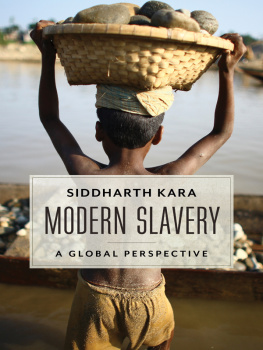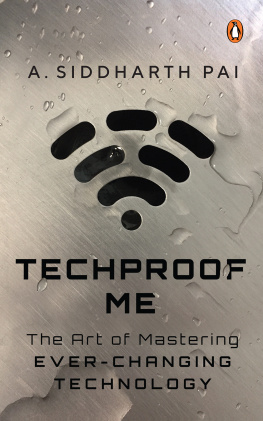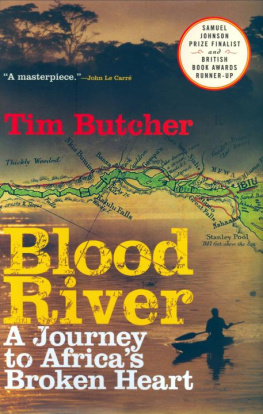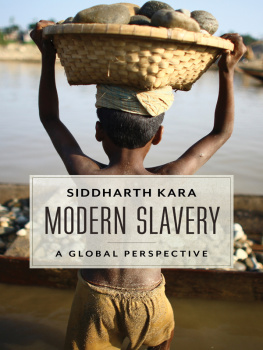Siddharth Kara - Cobalt Red: How the Blood of the Congo Powers Our Lives
Here you can read online Siddharth Kara - Cobalt Red: How the Blood of the Congo Powers Our Lives full text of the book (entire story) in english for free. Download pdf and epub, get meaning, cover and reviews about this ebook. year: 2023, publisher: St. Martins Publishing Group, genre: Romance novel. Description of the work, (preface) as well as reviews are available. Best literature library LitArk.com created for fans of good reading and offers a wide selection of genres:
Romance novel
Science fiction
Adventure
Detective
Science
History
Home and family
Prose
Art
Politics
Computer
Non-fiction
Religion
Business
Children
Humor
Choose a favorite category and find really read worthwhile books. Enjoy immersion in the world of imagination, feel the emotions of the characters or learn something new for yourself, make an fascinating discovery.

- Book:Cobalt Red: How the Blood of the Congo Powers Our Lives
- Author:
- Publisher:St. Martins Publishing Group
- Genre:
- Year:2023
- Rating:4 / 5
- Favourites:Add to favourites
- Your mark:
- 80
- 1
- 2
- 3
- 4
- 5
Cobalt Red: How the Blood of the Congo Powers Our Lives: summary, description and annotation
We offer to read an annotation, description, summary or preface (depends on what the author of the book "Cobalt Red: How the Blood of the Congo Powers Our Lives" wrote himself). If you haven't found the necessary information about the book — write in the comments, we will try to find it.
Cobalt Red: How the Blood of the Congo Powers Our Lives — read online for free the complete book (whole text) full work
Below is the text of the book, divided by pages. System saving the place of the last page read, allows you to conveniently read the book "Cobalt Red: How the Blood of the Congo Powers Our Lives" online for free, without having to search again every time where you left off. Put a bookmark, and you can go to the page where you finished reading at any time.
Font size:
Interval:
Bookmark:
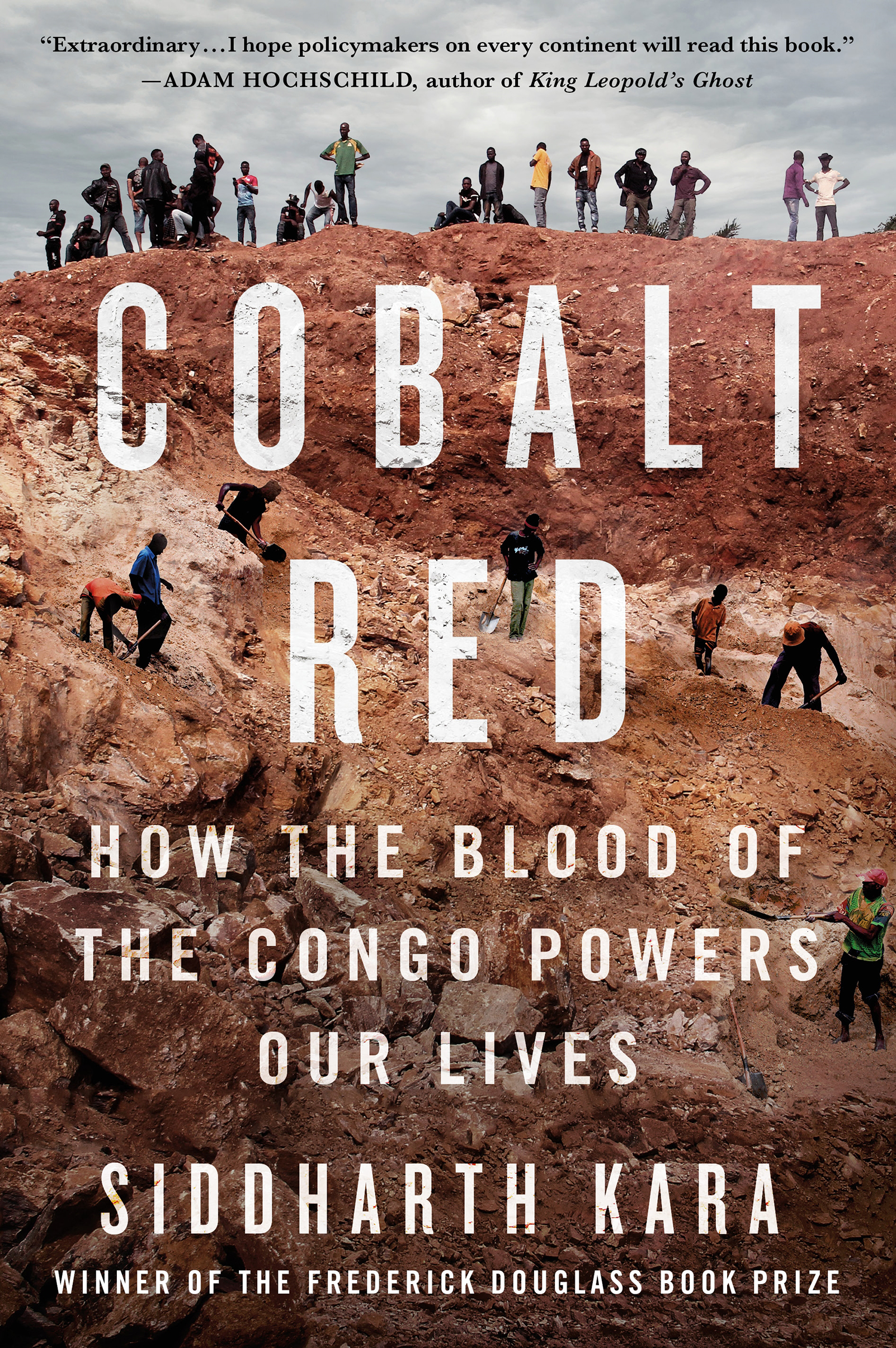

The author and publisher have provided this e-book to you for your personal use only. You may not make this e-book publicly available in any way. Copyright infringement is against the law. If you believe the copy of this e-book you are reading infringes on the authors copyright, please notify the publisher at: us.macmillanusa.com/piracy.
For my daughter
CDMCongo DongFang Mining
CMKKCooprative Minire Maadini kwa Kilimo
CMOCChina Molybdenum Company
COMAKATCooprative Minire et Artisanale du Katanga
COMIAKOLCooprative Minire Artisanale de Kolwezi
COMIKUCooprative Minire KUPANGA
COMMUSLa Compagnie Minire de Musonoie Global SAS
FARDCForces Armes de la Rpublique Dmocratique du Congo
GcaminesLa Gnrale des Carrires et des Mines
IDAKInvestissements Durables au Katanga
KCCKamoto Copper Company
KICOKipushi Corporation
MIKASLa Minire de Kasombo
MUMIMutanda Mining Sarl
SAESSCAMService dAssistance et dEncadrement du Small-Scale Mining
SAEMAPEService dAssistance et dEncadrement de LExploitation Minire Artisanale et Petit Echelle
SICOMINESSino-Congolaise des Mines
TFMTenke Fungurume Mining
UMHKUnion Minire du Haut-Katanga
ZEAZone dExploitation Artisanale
Nyama tembo kula hawezi kumaliza.
(You never finish eating the meat of an elephant.)
Congolese saying
Such then was the main task: to convince the world that thgis Congo horror was not only and unquestionably a fact; but that it was not accidental or temporary, or capable of internal cure To demonstrate that it was at once a survival and a revival of the slave-mind at work, of the slave-trade in being.
E. D. Morel, History of the Congo Reform Movement, 1914
THE SOLDIERS ARE WILD and wide-eyed as they point their weapons at the villagers trying to enter the mining area at Kamilombe. Although they are desperate to reach their loved ones just a stones throw away, the villagers are denied access. What has happened here must not be seen. There can be no record or evidence, only the haunting memories of those who stood at this place where hope was lost. My guide urges me to stay at the periphery; the situation is too unpredictable. From the fringes, it is difficult to see the details of the accident. The craterous landscape is obscured by a leaden haze that refuses the entry of light. Distant hills appear only as the vague silhouette of a lumbering beast.
I move closer to investigate, treading carefully into the boiling crowd. I catch sight of a body in the dirt. It is a child, lying motionless within a storm of dust and despair. I try to make out the features of his face, but they elude me. Around the lifeless body, the ocher gravel has been stained in dark shades of red, like burnt umber or rusted metal. Until this moment, I thought that the ground in the Congo took its vermillion hue from the copper in the dirt, but now I cannot help but wonder whether the earth here is red because of all the blood that has spilled upon it.
I inch toward the cordon to see the child more clearly. Tensions between the soldiers and villagers escalate to the brink of riot. A soldier shouts angrily and waves his gun at me. Ive drifted too close and lingered too long. I take one final look toward the child. I can see his face now, locked in a terminal expression of dread. That is the lasting image I take from the Congothe heart of Africa reduced to the bloodstained corpse of a child, who died solely because he was digging for cobalt.
There is a frenzy taking place in the Democratic Republic of the Congo, a manic race to extract as much cobalt as quickly as possible. This rare, silvery metal is an essential component to almost every lithium-ion rechargeable battery made today. It is also used in a wide array of emerging low-carbon innovations that are critical to the achievement of climate sustainability goals. The Katanga region in the southeastern corner of the Congo holds more reserves of cobalt than the rest of the planet combined. The region is also brimming with other valuable metals, including copper, iron, zinc, tin, nickel, manganese, germanium, tantalum, tungsten, uranium, gold, silver, and lithium. The deposits were always there, resting dormant for eons before foreign economies made the dirt valuable. Industrial innovations sparked demand for one metal after another, and somehow they all happened to be in Katanga. The remainder of the Congo is similarly bursting with natural resources. Foreign powers have penetrated every inch of this nation to extract its rich supplies of ivory, palm oil, diamonds, timber, rubber and to make slaves of its people. Few nations are blessed with a more diverse abundance of resource riches than the Congo. No country in the world has been more severely exploited.
The scramble for cobalt is reminiscent of King Leopold IIs infamous plunder of the Congos ivory and rubber during his brutal reign as king sovereign of the Congo Free State from 1885 to 1908. Those familiar with Leopolds regime may reasonably point out that there is little equivalency between the atrocities that took place during his time and the harms taking place today. To be sure, the loss of life during Leopolds control of the Congo is estimated to be as high as thirteen million people, a sum equal to half the population of the colony at the time. Today, the loss of life caused either directly by mining accidents or indirectly by toxic exposure and environmental contamination in the mining provinces would likely be a few thousand per year. One must acknowledge, however, the following crucial factfor centuries, enslaving Africans was the nature of colonialism. In the modern era, slavery has been universally rejected and basic human rights are deemed erga omnes and jus cogens in international law. The ongoing exploitation of the poorest people of the Congo by the rich and powerful invalidates the purported moral foundation of contemporary civilization and drags humanity back to a time when the people of Africa were valued only by their replacement cost. The implications of this moral reversion, which is itself a form of violence, stretch far beyond central Africa across the entire global south, where a vast subclass of humanity continues to eke out a subhuman existence in slave-like conditions at the bottom of the global economic order. Less has changed since colonial times than we might care to admit.
The harsh realities of cobalt mining in the Congo are an inconvenience to every stakeholder in the chain. No company wants to concede that the rechargeable batteries used to power smartphones, tablets, laptops, and electric vehicles contain cobalt mined by peasants and children in hazardous conditions. In public disclosures and press releases, the corporations perched atop the cobalt chain typically cite their commitments to international human rights norms, zero-tolerance policies on child labor, and adherence to the highest standards of supply chain due diligence. Here are a few examples:
Apple works to protect the environment and to safeguard the well-being of the millions of people touched by our supply chain, from the mining level to the facilities where products are assembled As of December 31, 2021, we found that all identified smelters and refiners in our supply chain participated in or completed a third party audit that met Apples requirements for the responsible sourcing of minerals.
Font size:
Interval:
Bookmark:
Similar books «Cobalt Red: How the Blood of the Congo Powers Our Lives»
Look at similar books to Cobalt Red: How the Blood of the Congo Powers Our Lives. We have selected literature similar in name and meaning in the hope of providing readers with more options to find new, interesting, not yet read works.
Discussion, reviews of the book Cobalt Red: How the Blood of the Congo Powers Our Lives and just readers' own opinions. Leave your comments, write what you think about the work, its meaning or the main characters. Specify what exactly you liked and what you didn't like, and why you think so.

